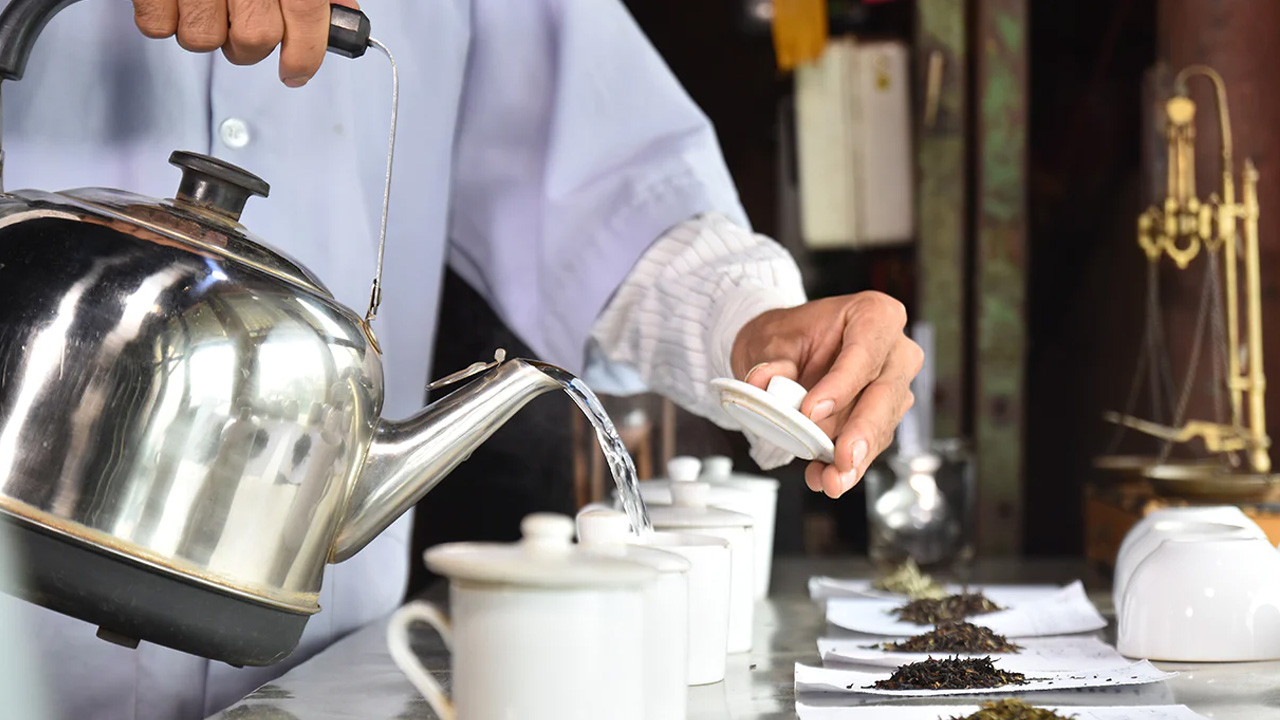I first began researching Nepali loose-leaf when I was looking for examples of community-led tea efforts that could inform our work with small tea farmers in Kumaon, India. Picking my way through contradictory stories was like unravelling a great mystery novel. The plot line went something like this: In the mid-1800s, the Emperor of China gave tea seeds to Jung Bahadur Rana, the Prime Minister of Nepal.
Rana’s administration was keen to create homegrown agricultural industries, and tea was reported to be a lucrative one. Given that the mountain nation’s eastern border was with Darjeeling, where the British were just launching tea efforts, he chose five districts to be the foundation for a new Nepali tea trade. And since most of Darjeeling’s labor was originally from Nepal and traveled fluidly across the porous border, this choice assured more than just ideal weather would be crossing into the five districts—expertise and saplings were sure to come too.
The tea bushes grew well, and initially Nepal’s harvested leaves were sent to Darjeeling for processing. Then in the 1970s, the Nepali government began to process the leaf. With support from European governments, international development NGOs, and small investments from private investors, Nepal was building a viable tea industry. Being landlocked made it difficult to establish supply chains, especially since the ports all had to run through India.
The Kolkata-based tea titans were on the rise, and they resisted the Nepali newcomers to the tea scene. Further, internal politics among Nepali communities and inconsistency in the tea’s quality prevented Nepali traders from luring larger buyers looking for easy, reliable volume. Those issues persist today, and as a result, most people who drink Nepali tea never know it. Much of it is sold as “Darjeeling” tea, compensating for the undersupply of Darjeeling tea that inexplicably always meets demand.
However, the internet carried rumors that some tea farmers were now working to carve out a new, independent Nepali tea identity. Free from the baggage of tradition, novel experimentation was said to be underway.


